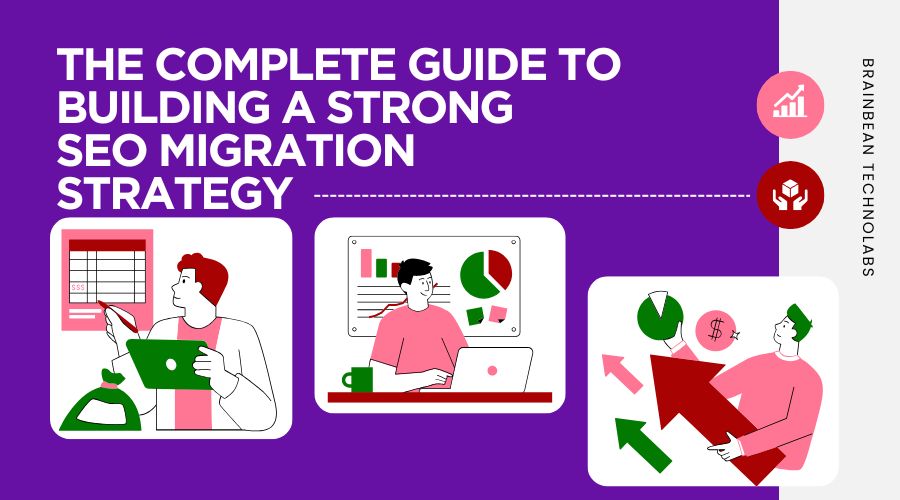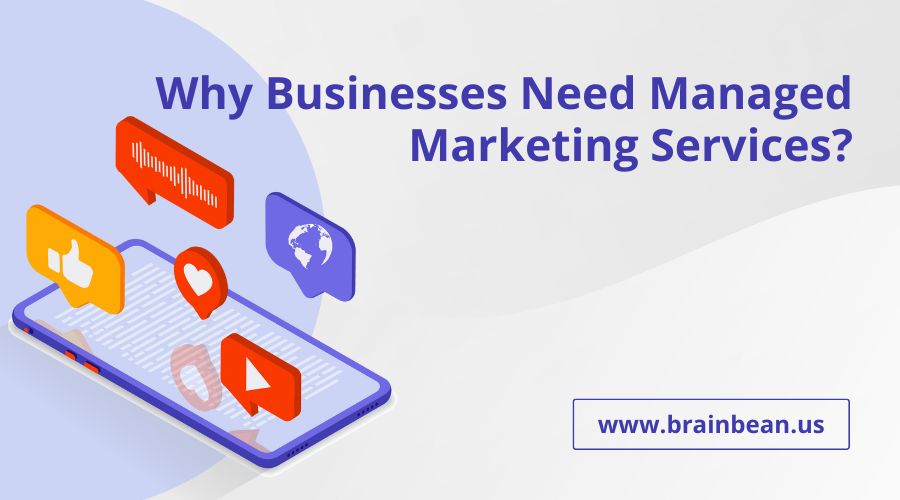One of the biggest hazards for businesses is losing the search rankings they have worked so hard to earn when they update, revamp, or transfer their websites. A carefully thought-out SEO migration strategy is therefore essential. Even a stunning new website without it may see an abrupt decline in traffic, lead loss, and disgruntled consumers.
Why an SEO Migration Strategy Matters?
A website migration may entail switching to a new platform, reworking layouts, or switching domains. The structure, URLs, and search engine rankings of your website may all be impacted by these changes. By ensuring that your current search equity is maintained, an SEO migration strategy safeguards both your visitors and your earnings.
Key Steps in a Successful SEO Migration Strategy
- Audit Your Current Website
Examine your best-performing pages, backlinks, and keywords before making any adjustments. This guarantees that you know what is valuable to keep and serves as the cornerstone of your SEO migration strategy.
- Create Redirect Maps
Both user experience and rankings are negatively impacted by broken links. Setting up 301 redirects to ensure that each outdated URL refers to a pertinent new one is part of a solid SEO migration strategy.
- Test Before Going Live
It’s dangerous to launch without testing. As part of your SEO migration strategy, you should stage site testing to examine performance, meta tags, and redirects.
- Monitor After Migration
Even the best-laid plans need to be followed up on. Following launch, an SEO migration strategy involves ongoing monitoring of traffic, rankings, and crawl issues over several weeks.
Common Mistakes to Avoid
- Ignoring mobile performance
- Forgetting to submit updated sitemaps
- Skipping keyword research for new pages
Each of these oversights can undo the best SEO migration strategy and cost you visibility.
Final Thoughts
An SEO migration strategy that is well-executed safeguards your hard-earned rankings and positions your company for sustained success. Investing wisely guarantees that development continues rather than stalls, whether you’re changing platforms, updating your brand, or relocating domains.






